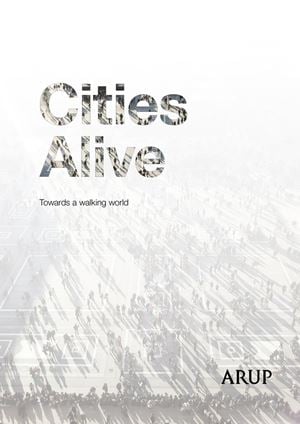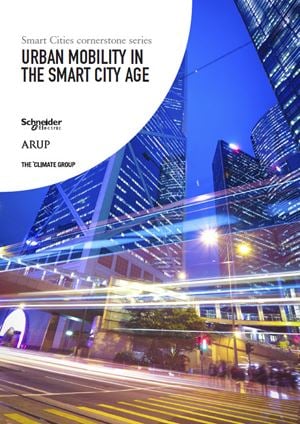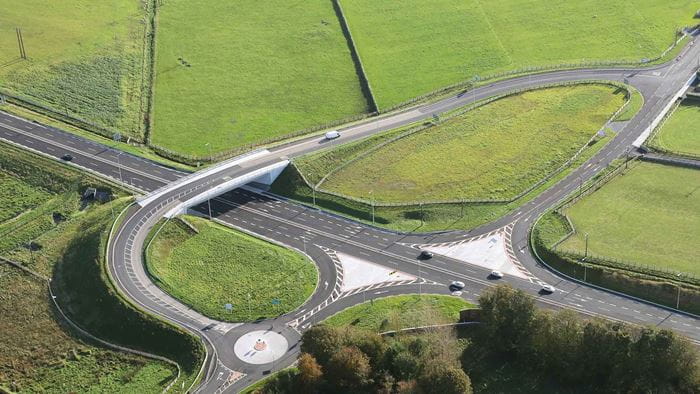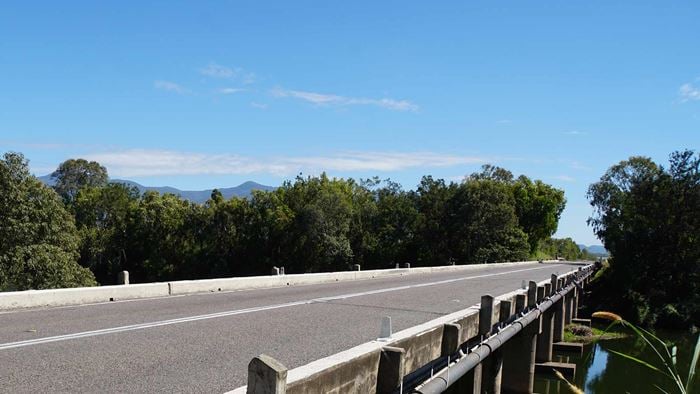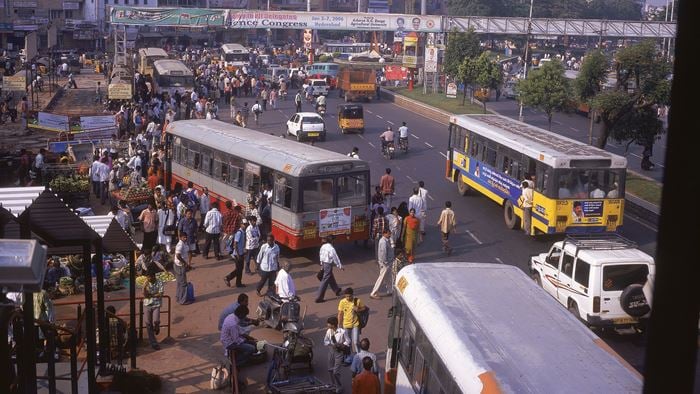Cities are unpredictable and that’s what makes them beautiful. Every day is different, in every single street, in every single city across the world. Ho Chi Minh is different to London, to New York to Melbourne. And each city has its own unique mixture of components – from people to pets to public transport. How will the robotic Autonomous Vehicle (AV) react to this unpredictability? How will they interact with humans? How will we react to AV?
Be it car, bike, walking or public transport, our travel choice can impact our physical and mental wellbeing. There is no shortage of international research, including our own ‘Towards a walking world’ revealing the positive health impacts of walking and cycling such as reducing incidence of cardiovascular disease in Melbourne by almost 20%. Meanwhile study (University of Washington) after study (Greater London Authority) shows the significant negative physical and mental impacts of car usage – reducing physical activity, increasing stress, road traffic injuries and deaths, polluted air and so on.
So, as the excitement and novelty of autonomous vehicles continues to build, how can we marry the convenience of AV with the benefits of walking and cycling.
“Most of us are too young to remember the advent of the car and its mass production. But we are living with the results of the ensuing excitement and availability – cities and towns designed with high priority given to motor vehicles. ”
Planners and policy makers now realise that walkability is an essential ingredient in liveable cities, and in recent decades we have seen a shift away from the car and great effort has been put into elevating walking and cycling as two essential modes of transport in liveable cities. How will AVs disrupt this? With their potential to deliver the convenience of a door to door on-demand service, how soon will we forget the enjoyment and positive feelings of choosing to travel by foot or bicycle?
Creating an accessible transport network
There is no doubt AV’s have a role to play in liveable cities, but it’s vital to share their role with other modes of transport and users. If we strike the right balance, AV’s could provide a myriad of positive benefits for our communities from a health and wellbeing perspective – if they are considered as part of a mix of transport choices.
Advocates believe self-driving cars could ease congestion and save the lives of the millions of people who die annually in traffic accidents. In areas of urban sprawl where trips are too far by foot or bike, an AV could facilitate access to pub¬¬lic transport hubs. In lower density or regional areas where public transport isn’t viable, or for the elderly, the youthful and disabled, AV’s can provide an on-demand service to improve access to public transport.
As car use in Australia continues to decline, Millennials continue to turn their back on the car, and car share services become more popular, we will see a shift in how we think about the need and cost of privately owning a car. We could ultimately see car ownership decline with more people using fewer cars. As such underutilised parking lanes and travel lanes can be reallocated to support active modes of transport –protected cycle lanes, wider footways - and improve the amenity and place function of our streets – landscaping, seating, public art.
We are already seeing this reclamation of space for pedestrians and cyclists with the introduction or reintroduction of light rail in our cities, or smart road designs which use less space and provide better access.
“How can we plan and design now so that we don’t simply fill the newly reclaimed road space with more AVs? How can we continue to stem the tide that is urban sprawl once AVs make increasingly far flung locations more commutable? How can we help support opportunities for incidental walking, cycling and human interaction? ”
Kylie Nixon Associate Principal

Recent research from C40 found those who walk for more than 8.6 minutes a day are 33% more likely to report better mental health.
A San Francisco Bay Area Study found that increasing biking and walking from 4 – 24 minutes a day on average would reduce cardiovascular disease and diabetes by 14%.
Walking regularly can consistently decrease the risk of type 2 diabetes, coronary heart disease, stroke and all-cause mortality.
Policies promoting walking and cycling must be matched by improvements to infrastructure
Cities don’t need large and complex infrastructure to provide healthy transport opportunities. Small pieces of infrastructure can enable people to get to the shops, or to parks or to schools. The connections between transport modes are just as important as the transport modes themselves – whether that is cycling, public transport or AVs. Our typically neglected footpaths should be opened up as thoroughfares, meeting places and destinations. For instance, local councils could provide shade and seating so our streets become extensions of our own backyards and encourage wider and diverse community interactions.
We need to think differently and not be distracted by the glitz and glamour of the newest kid on the block – in this case, autonomous vehicles. At the end of the day an AV is still a car. They aren’t the panacea for our cities challenges and they must be considered as part of a mix of choices which includes active transport options like walking and cycling.
Those involved in shaping our cities – all levels of government, policy makers, planners, professional practitioners and users – must be promoting policies and practices which ensure the health, wellbeing and accessibility of all people. This is certainly our priority as practitioners.
Let’s plan for and embrace the best benefits of AV – it has the genuine ability to connect people with limited mobility for instance. But let’s leave the negatives – such as more cars on the road, neglected sidewalks and more people with health problems from eschewing active transport – by the kerbside.
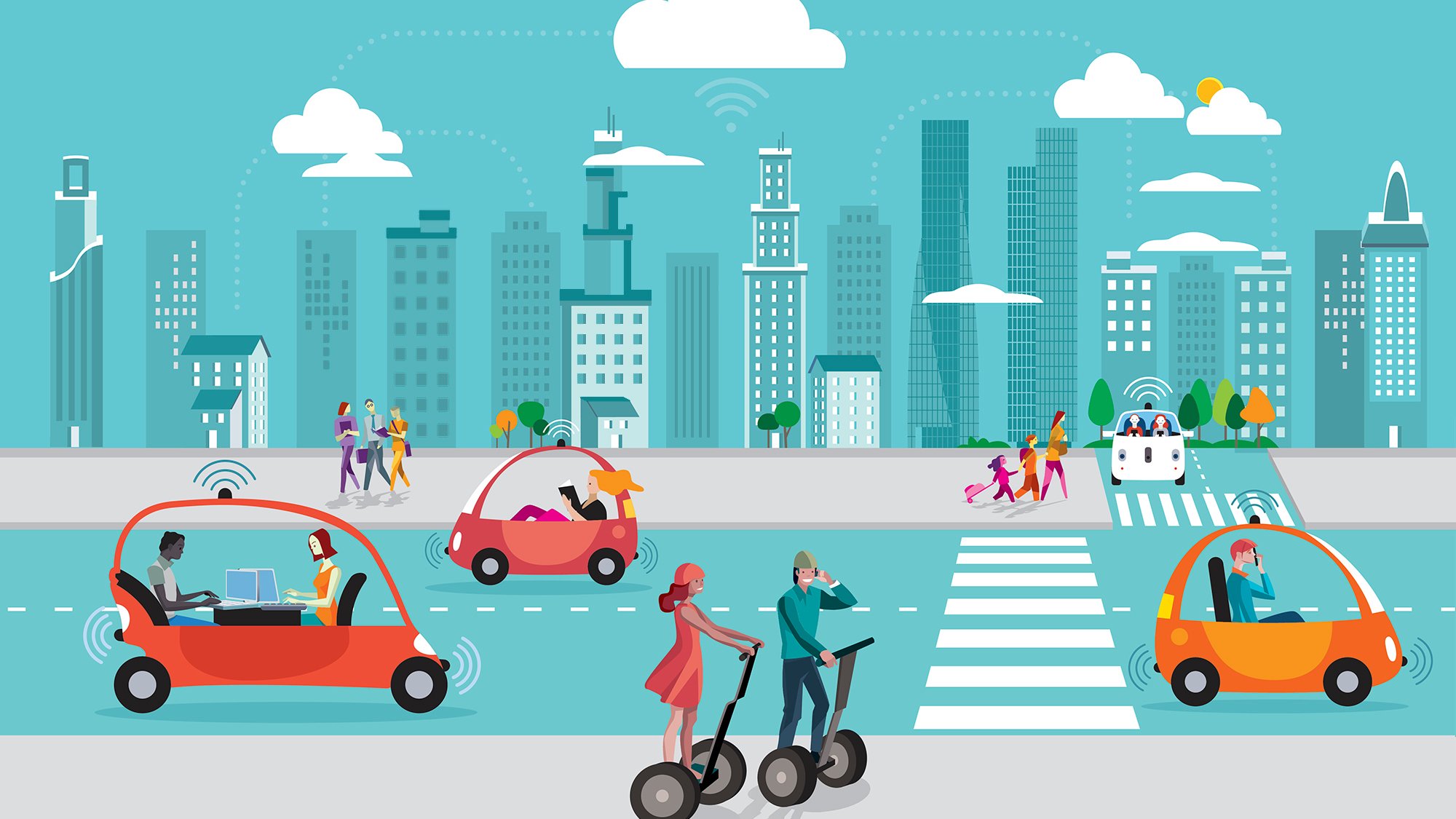 ;
;

